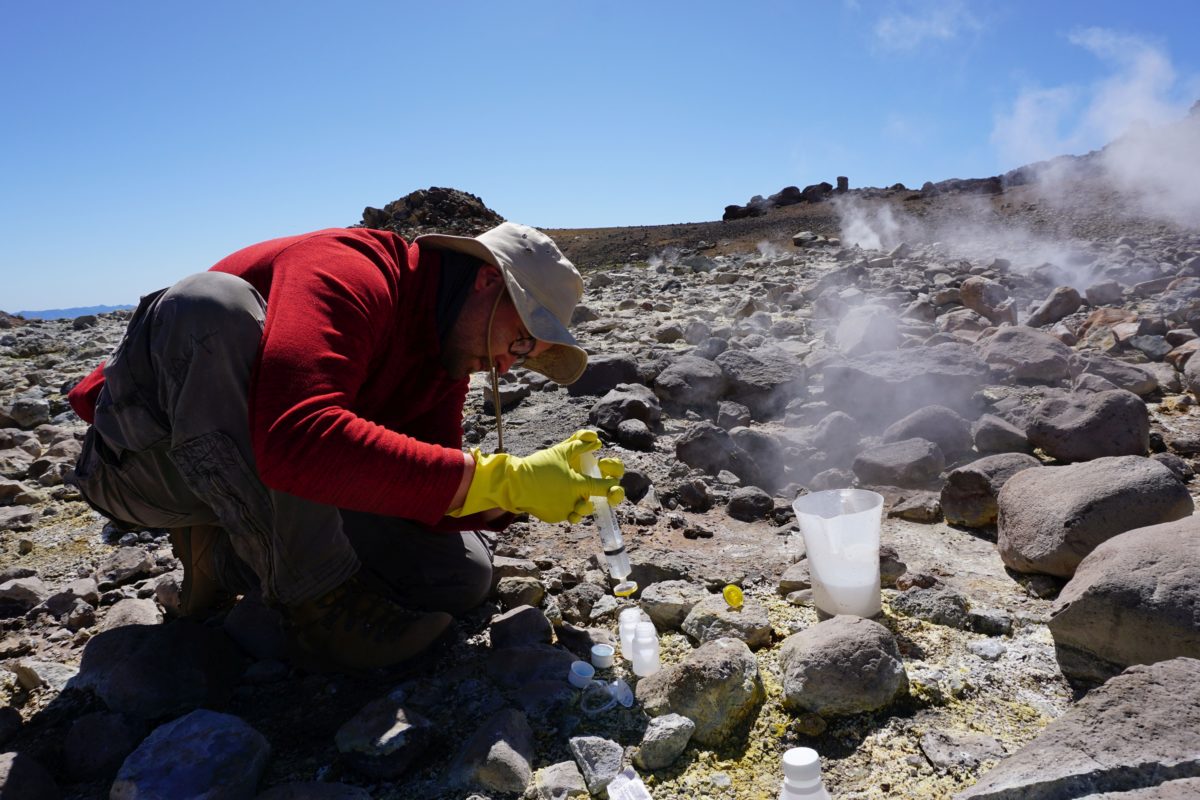Availability of certain materials, and the environmental impacts of their mining, is a major challenge to achieving targets for decarbonization and renewable energy deployments in multiple regions, and ensuring that the energy transition to renewable energy is made as sustainably possible.
Lithium, an essential material for energy storage and many other applications, is at the center of this debate. In northern Chile where much of the world’s lithium is produced, problems are already emerging with high water consumption in one of the world’s driest regions. And these will need to addressed to ensure local populations do not lose out as a result.
A project funded by the German government is investigating a novel approach, one that combines geothermal energy generation, extraction of lithium and other valuable minerals, and production of clean drinking water. “The use of the limited freshwater resources in northern Chile for mining regularly fuels conflicts with the local population,” says Thomas Kohl of Karlsruhe Institute of Technology (KIT) – one of the German research institutes involved in the project. “With a novel type of plant, it is not only possible to generate electricity in a climate-friendly way, but also to extract drinking water and even mineral resources at the same time.”
Novel process
The concept begins with geothermal energy generation – brines are pumped from the ground at high temperatures and used to generate electricity. The brines then go through two stages of concentration, which leave behind drinking water and brine saturated with minerals. The project, named ‘BrineMine’ has set up a demonstration of the process at Insheim geothermal power plant in western Germany, which has shown that the process can run using only excess heat from the power plant.
While it mostly relies on new combinations of existing technologies, the scientists note that dealing with the buildup of silicates that could damage the equipment required some innovation, and developed a new process which they describe in a paper published in Geothermics. “Conventional strategies for silicate removal would greatly impair the extraction of the resources. Without water treatment, the technical plant components would be damaged,” explained KIT scientist Valentin Goldberg. “Our silicate removal method is fast and effective. Most importantly, it has no negative impact on raw material extraction.”
In Chile, meanwhile, work is underway to examine the economic potential of this approach and identify the minerals and concentrations that could be available at different sites across the country. The next steps for the project will be to develop processes to extract minerals from the concentrated brines. This will be complex, requiring site-specific concepts depending on the contents of a particular bring, however, the group remains convinced that its approach has the potential to greatly reduce the environmental impacts of mining.
“Compared to conventional mining methods the raw materials are already dissolved in thermal waters and do not have to be leached out of a hard rock deposit…” they state in an article published in Oil Gas magazine. “…efforts in terms of mining and infrastructure as well as land use are greatly reduced compared to conventional open-pit mining. Consequently, Brine Mining has a great potential for a more sustainable and environmentally friendly raw material production.”
This content is protected by copyright and may not be reused. If you want to cooperate with us and would like to reuse some of our content, please contact: editors@pv-magazine.com.




3 comments
By submitting this form you agree to pv magazine using your data for the purposes of publishing your comment.
Your personal data will only be disclosed or otherwise transmitted to third parties for the purposes of spam filtering or if this is necessary for technical maintenance of the website. Any other transfer to third parties will not take place unless this is justified on the basis of applicable data protection regulations or if pv magazine is legally obliged to do so.
You may revoke this consent at any time with effect for the future, in which case your personal data will be deleted immediately. Otherwise, your data will be deleted if pv magazine has processed your request or the purpose of data storage is fulfilled.
Further information on data privacy can be found in our Data Protection Policy.